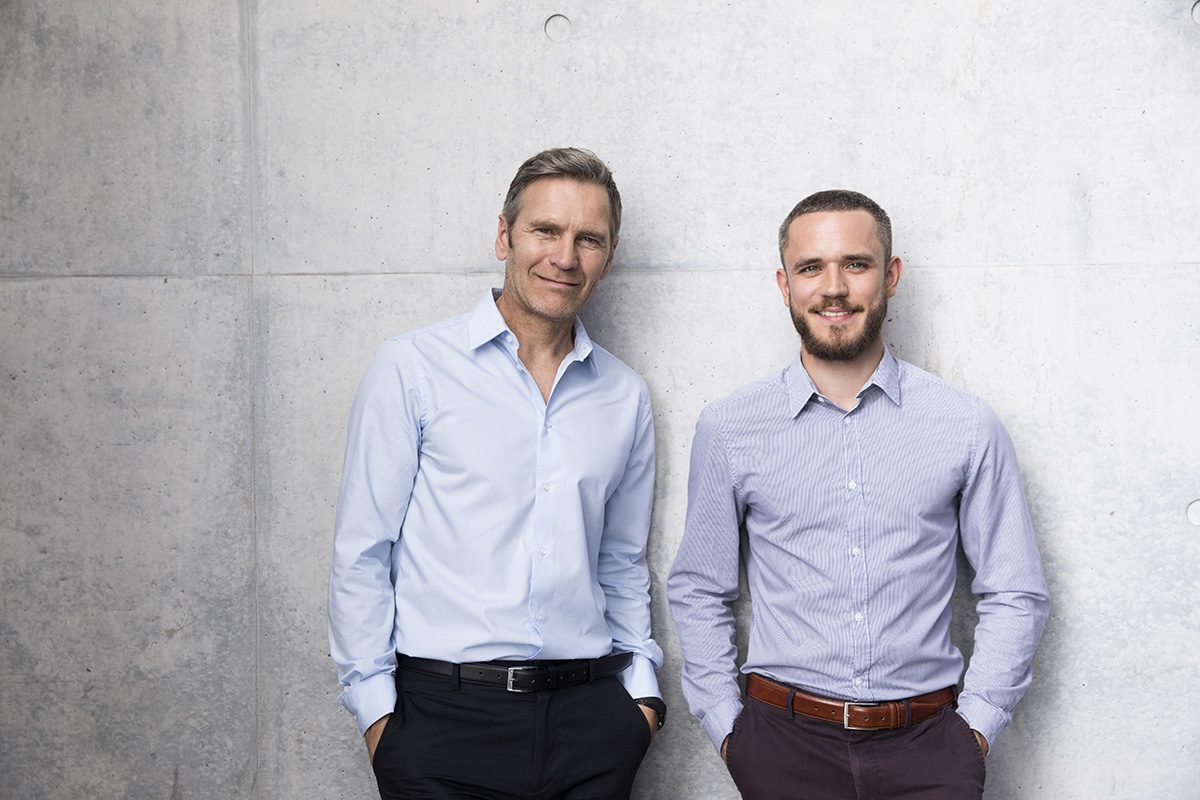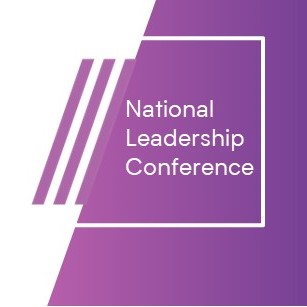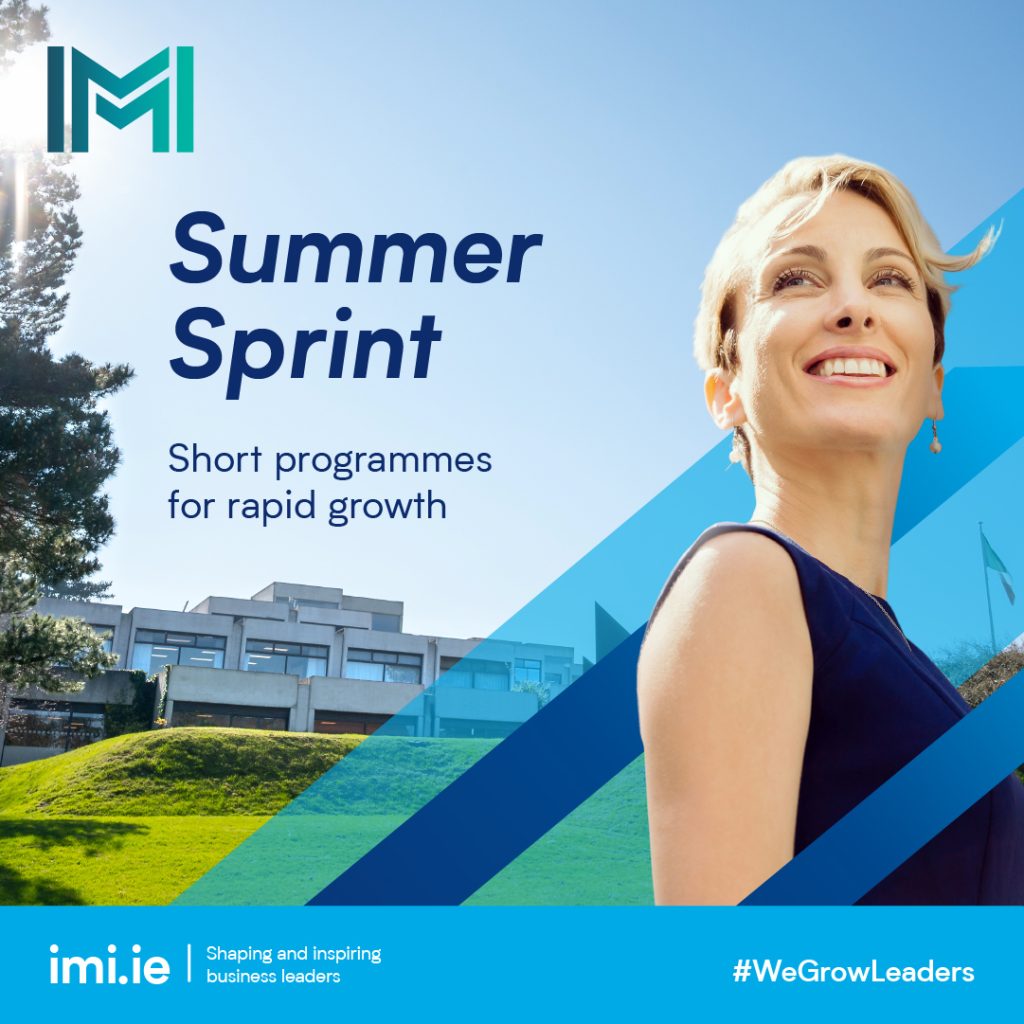Why You Should Prioritise Your Executive Presence and How
By Paula Mullin | 3rd December 2018
“I’ve learned that people will forget what you said, people will forget what you did, but people never forget how you made them feel”. These words of the poet Maya Angelou nicely capture the essence of Executive Presence.
“I’ve learned that people will forget what you said, people will forget what you did, but people never forget how you made them feel”. These words of the poet Maya Angelou nicely capture the essence of Executive Presence.
The term “Executive Presence” is associated with words like confidence, gravitas or charisma. People struggle to define it. It can dismissed on the assumption that “some people have it, some people don’t”. Yet, Executive Presence is the number two reason why people hire a coach, according to the Institute of Coaching.
Executive Presence is a critical factor in leadership. It is about generating trust and credibility. The good news is, it is a behaviour that can be practiced and improved upon.

What is Executive Presence?
The Boston-based, Bates Communications consultancy, with whom I qualified, have defined Executive Presence and created a tool to measure it. They carried out extensive research and defined Executive Presence as “the qualities of a leader as seen through the eyes of others that inspire, engage, align and move people to act”.
Executive Presence is grounded in the realisation that people innately ask these questions:
- Do I trust this leader?
- Are they credible?
- Do they take action?
.
Anyone even wearily observing the recent Irish Presidential race was reflecting on these qualities. For employees, their leaders’ credibility influences their levels of satisfaction and motivation. Your leadership qualities have a major impact on those around you.
Three qualities all leaders should work on
The Bates Executive Presence Index (ExPI) is a science-based 360 assessment tool which gives people quality insights into how they’re perceived. It looks at three dimensions: character, substance and style.
Character
The ExPI data shows that people trust a leader based on their character attributes. Successful leaders are authentic, show humility and good levels of restraint.
Substance
Secondly, people think a leader is credible based on their substance as a leader. They want to know their leader knows what she/he is talking about and that they are decisive in difficult situations.
Style
Thirdly, people perceive a leader based on their leadership style. Engaging leaders are inclusive. They set clear intentions and they match their way of behaving to those intentions.
How do you “show up” for others? How does that impact on your business? It is time to check yourself against these attributes if you are to be an effective leader.
Make subtle but significant changes in behaviour
When leaders understand more about their strengths and gaps in terms of character, style, substance, they can make changes. The starting point is building on what they do naturally and recognising these as core strengths.
As an Executive Coach, I believe all leaders can learn to adopt new behaviours to improve their level of Executive Presence.
Consider these ideas:
- Be Authentic by sharing stories, personal or work-related that help people understand you better. This will reveal your values, your belief-set and how it applies to your common work.
.
- Demonstrate Resonance and Empathy. Do this by learning how to actively listen and play-back what people are saying to you. In this digital-age, take time to be fully present with your teams.
.
- Show more Confidence by being accountable when things go wrong. Be seen to make tough decisions in a timely manner.
.
- Be Assertive by saying what needs to be said, be a challenger and demonstrate the capacity to achieve this in a non-confrontational way.
.
- Be Inclusive by actively involving others and welcoming diverse points of view. Relentlessly encourage ownership of the company’s mission and vision.
.
Remember, people want the best of you. You can change and improve perceptions of you. All it takes is a willingness to bring particular behaviours into focus in your daily life. Tomorrow is Monday, the start of a new week.
How do you want people to feel when you walk through the door?
Paula Mullin is Associate Faculty on IMI’s Diploma in Executive Coaching and she combines her extensive communication and facilitation experience with her coaching skills.
This article originally featured in the Sunday Business Post.





